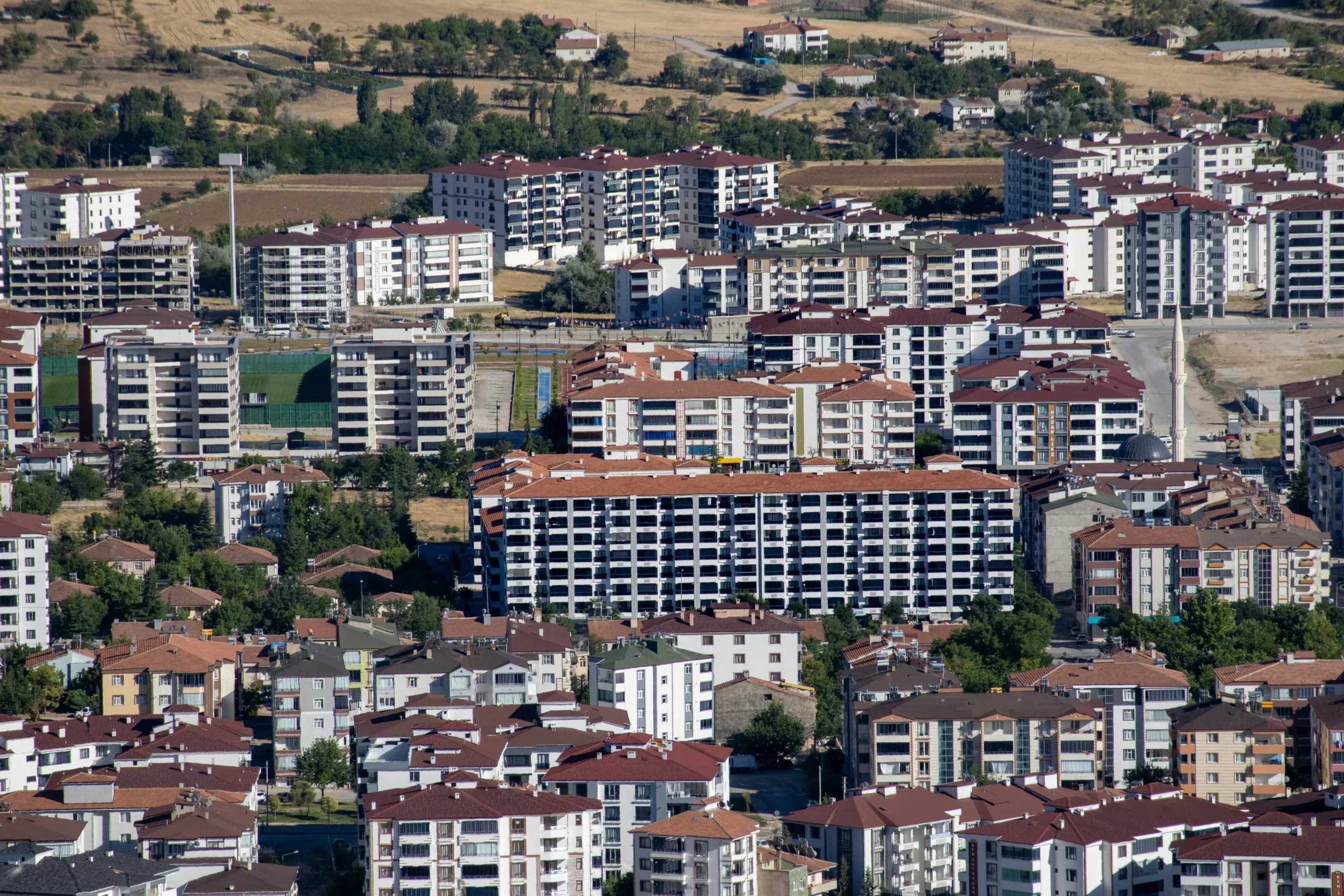- A surge in residential conversions is shrinking Lower Manhattan’s office inventory, yet leasing activity has more than doubled year-over-year as displaced tenants stay within the area.
- Over 5.5M SF of office space has already been converted since 2020, with another 5.8M potentially on the chopping block, according to JLL.
- New York’s 467m tax incentive program is accelerating the pace of conversions, prompting firms to secure stable office space before it’s gone.
In With The New (Apartments), Not Out With The Old (Tenants)
Lower Manhattan’s office tenants aren’t fleeing—they’re doubling down. Despite a wave of office buildings being converted into housing, most companies displaced by these projects are opting to stay in the neighborhood, reports TheRealDeal. According to a new JLL report, this unexpected loyalty is fueling a leasing surge across the district.
Through the end of 2025, leasing volume in Lower Manhattan has already more than doubled compared to last year. The catch? Available office space is rapidly shrinking as conversion plans accelerate.
The Incentive Behind The Exodus
At the heart of this transformation is New York State’s 467m tax incentive program, which rewards developers who convert obsolete office buildings into residential units. But with deadlines to begin projects by 2031 and complete them by 2039, landlords are racing to begin work. Earlier starts come with richer benefits, often forcing tenants to vacate with little warning.
Since 2020, over 5.5M SF of office space downtown has been converted, with another 5.8M SF flagged as likely candidates, per JLL.
Get Smarter about what matters in CRE
Stay ahead of trends in commercial real estate with CRE Daily – the free newsletter delivering everything you need to start your day in just 5-minutes
Same Zip Code, New Address
Rather than heading to Midtown or Brooklyn, most firms are simply shifting to nearby towers. The result is a game of musical chairs, with tenants scrambling to secure the remaining high-quality space.
Two recent examples:
- Engineering firm Arup and law firm Lewis Brisbois Bisgaard & Smith moved to 140 Broadway after being displaced from 77 Water Street, which is being turned into 650 apartments.
- Though 140 Broadway commands higher rents—$65–$79 PSF compared to $46–$56 at 77 Water—tenants are opting for newer, more stable Class A buildings.
“They traded up in the quality of the building,” said JLL’s John Wheeler, who noted that tenants now prioritize buildings less likely to face conversion.
Why It Matters
The office-to-resi movement may be shrinking Manhattan’s commercial footprint, but it’s not necessarily draining demand. For now, the shortage of inventory—combined with tenant loyalty to downtown—has made Lower Manhattan one of NYC’s most competitive office submarkets.
What’s Next
With conversion incentives pushing developers to act quickly, more office tenants may find themselves displaced. As availability tightens, competition for Class A space is expected to intensify. Risk-averse tenants are closely scrutinizing buildings for signs of future conversion.
As Wheeler put it, “You’re typically not looking to jump from the frying pan into the fire.”


















